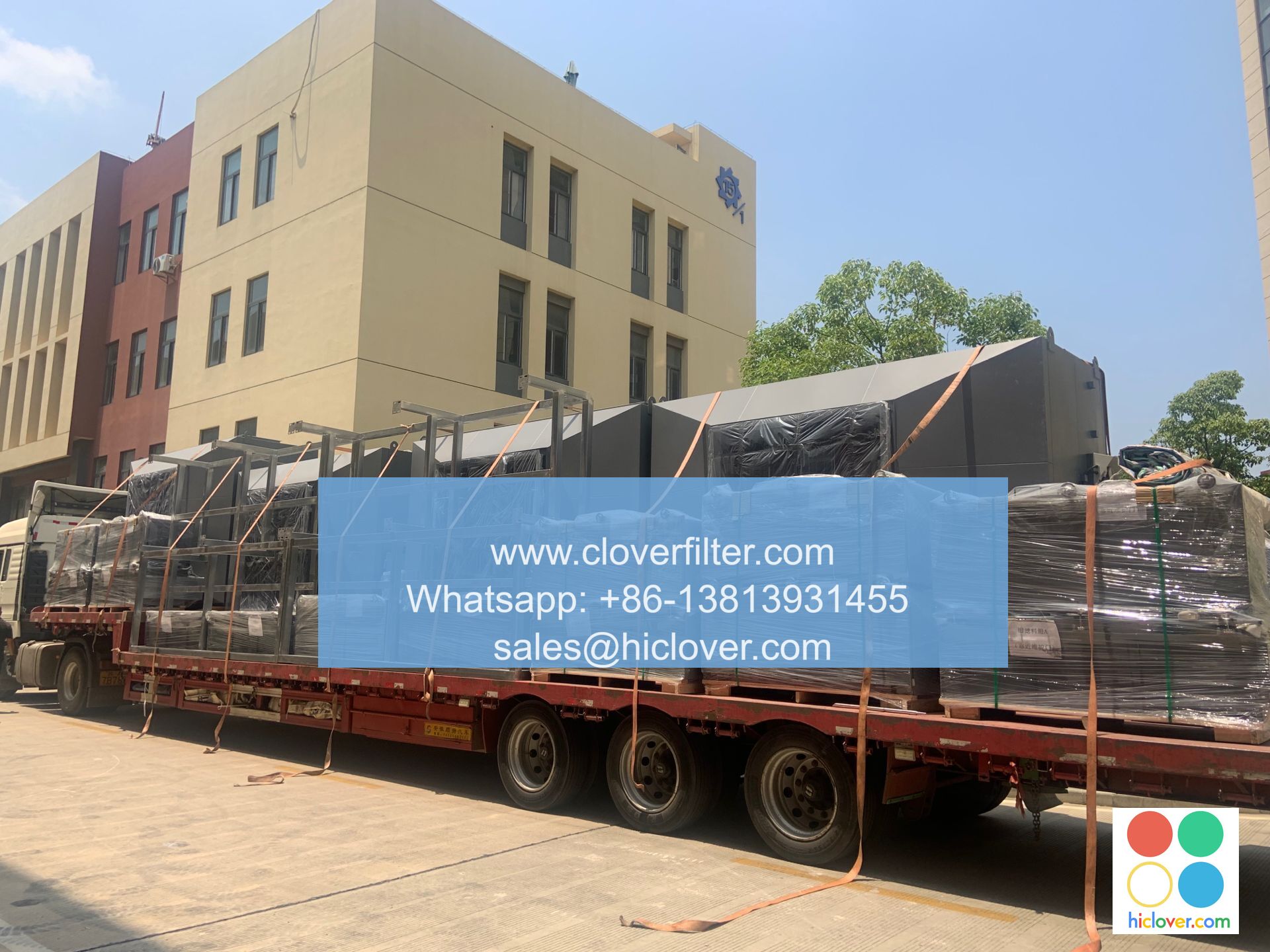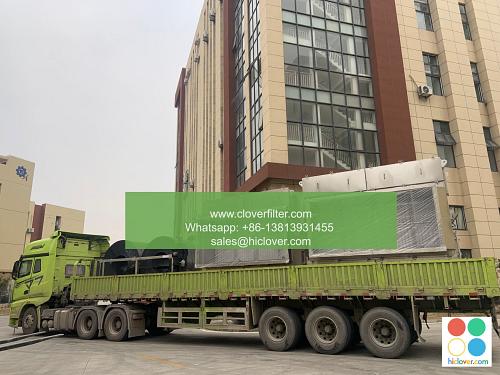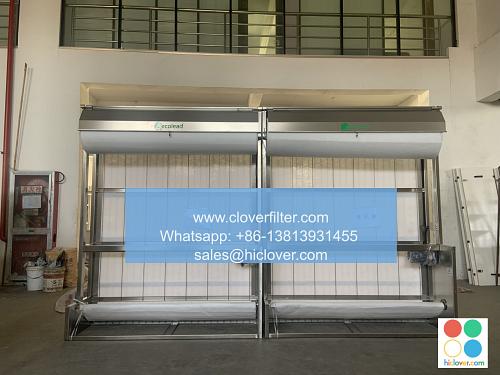Product Features and Benefits

In today’s competitive market, businesses must effectively communicate the value of their products to attract and retain customers. This is achieved by highlighting the product’s features and benefits, which are often intertwined but distinct concepts. In this article, we will delve into the world of product features and benefits, exploring their definitions, differences, and applications across various industries.
Defining Product Features and Benefits
Product features refer to the characteristics, attributes, or specifications of a product that describe what it is or what it can do. These can include physical attributes, technical specifications, or functional capabilities. On the other hand, product benefits describe the advantages, outcomes, or value that customers can expect to gain from using the product. Benefits are often the results of the features, explaining how the product will improve the customer’s life, solve a problem, or meet a need.
Key Differences Between Features and Benefits
To illustrate the difference, consider a smartphone with a high-resolution camera (feature) that allows users to capture stunning, professional-quality photos (benefit). The camera’s specs are the feature, while the ability to take great photos is the benefit. Understanding this distinction is crucial for effective marketing and sales, as customers are more likely to be motivated by the benefits a product offers rather than just its features.
Application Areas: Where Features and Benefits Shine
The concept of product features and benefits is universally applicable across various sectors, including but not limited to:
- Technology and Software: Highlighting the user interface, data storage capacity, and security features of a new cloud storage service, and how these features benefit the customer by providing easy access to their files from anywhere, larger storage space, and peace of mind knowing their data is secure.
- Health and Wellness: Emphasizing the natural ingredients, low calorie count, and nutritional value of a new dietary supplement (features), and how these contribute to weight loss, improved health, and increased energy levels (benefits).
- Automotive: Focusing on the advanced safety features, fuel efficiency, and infotainment system of a new car model, and explaining how these features translate into a safer driving experience, cost savings on fuel, and enhanced entertainment and connectivity on the go.
Marketing and Sales Strategies
When developing marketing and sales strategies, it’s essential to lead with the benefits, supported by the features. This approach helps potential customers understand the value proposition of the product, increasing the likelihood of conversion. For instance, instead of merely listing the technical specs of a product, a salesperson could explain how those specs enable faster performance, easier use, or greater durability, directly addressing the customer’s needs and desires.
Highlighting Benefits in Product Design and Development
The consideration of product features and benefits is not limited to marketing; it should also influence product design and development. By focusing on the benefits that customers are looking for, product developers can design features that meet those needs more effectively. This customer-centric approach can lead to the creation of more successful, appealing products that stand out in crowded markets.
Customer Feedback and Iteration
Finally, the process of understanding and communicating product features and benefits is ongoing. Customer feedback is invaluable, providing insights into how well the product’s features are meeting the expected benefits. This feedback loop allows for iteration and refinement, ensuring that the product continues to deliver value to its users.
In conclusion, product features and benefits are interrelated yet distinct aspects of any product, each playing a critical role in the customer’s decision-making process. By understanding and effectively communicating these elements, businesses can better meet customer needs, differentiate themselves from competitors, and ultimately drive success in their respective markets. Whether in technology, health, automotive, or any other sector, the key to unlocking customer value lies in highlighting how the features of a product translate into meaningful benefits for those who use it.


